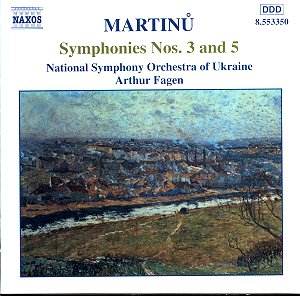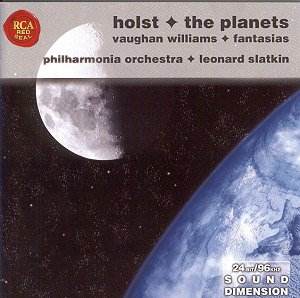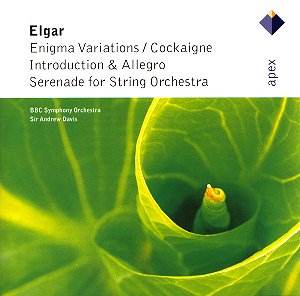 Composer: Bohuslav Martinu
Composer: Bohuslav Martinu
Works: Symphony No. 3, Symphony No. 5
Performers: National Symphony Orchestra of Ukraine/Arthur Fagen
Recording: 10-15 March 1995, Grand Studio, Ukraine National Radio, Kiev
Label: NAXOS 8.553350
Bohuslav Martinu’s symphonic journey is a fascinating narrative of artistic evolution, especially considering that he only embraced the genre after the age of fifty. The dramatic circumstances of World War II, which forced him to flee Europe and ultimately settle in the United States, provided a fertile ground for his symphonic creativity. The Third Symphony, composed in 1944 during the war’s most harrowing years, exudes a palpable sense of urgency and tragedy, while the Fifth Symphony, written in 1953, reflects a more optimistic and life-affirming disposition. These two works, the third and fifth in his symphonic canon, reveal the breadth of Martinu’s emotional palette and his ability to convey complex human experiences through orchestral music.
Arthur Fagen conducts the National Symphony Orchestra of Ukraine in this recording, which encapsulates both the vigor and vulnerability of Martinu’s orchestration. The performance is characterized by a commendable spirit, with the orchestra demonstrating a solid grasp of Martinu’s rhythmic vitality and melodic line. However, the interpretation lacks the depth and nuance that can elevate these symphonies to their fullest potential. For instance, in the Third Symphony’s opening movement, the building tension is palpable, yet Fagen’s pacing occasionally feels too measured, resulting in moments that could have benefitted from a more urgent or dynamic interpretation. The anguish expressed in the music is somewhat muted, lacking the visceral impact that one might find in more dedicated renditions, such as those by Jiří Bělohlávek and the Czech Philharmonic, where the emotional intensity is more striking.
The sound quality of this NAXOS recording is reliable but not exemplary. While the orchestral textures are generally clear, the engineering does not fully capture the richness of Martinu’s sound world. The strings, which are often the heart of Martinu’s orchestration, lack the warmth and brilliance that can be found in the Chandos recordings featuring Bryden Thomson and the Royal Scottish National Orchestra. For example, the lush string writing in the second movement of the Fifth Symphony, which should radiate with a vibrant glow, feels somewhat subdued here, diminishing the overall impact of the work. The engineering seems to prioritize clarity over depth, leading to a somewhat flat listening experience that fails to fully engage the listener.
Martinu’s symphonic output, particularly these two works, continues to deserve greater recognition in concert halls and recordings alike. His music is direct, approachable, and deeply expressive, transcending the historical context of its creation. While the performances by Fagen and the Ukraine orchestra provide a commendable introduction to Martinu’s symphonic voice, they ultimately fall short of the emotional and technical heights achieved by other interpretations. This recording serves as a decent representation of Martinu’s genius, yet it invites listeners to seek out more compelling performances that do justice to the composer’s powerful and innovative vision. The recording is a worthwhile addition to a collector’s library, but for a more profound engagement with Martinu’s symphonic art, one should look to other interpretations that fully embrace the dynamic contrasts and emotional depth inherent in his work.



